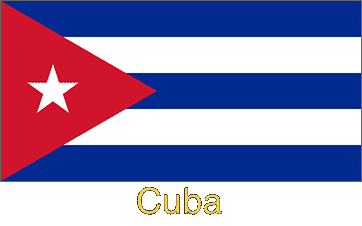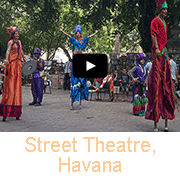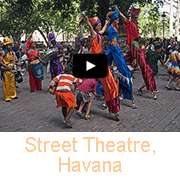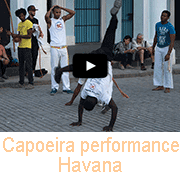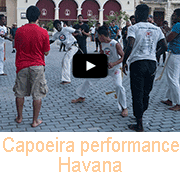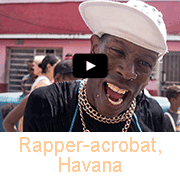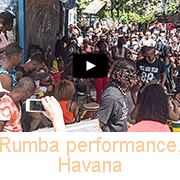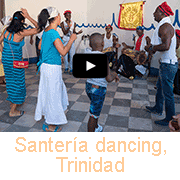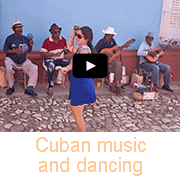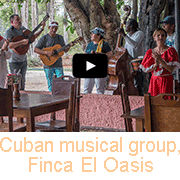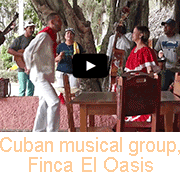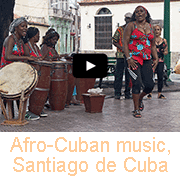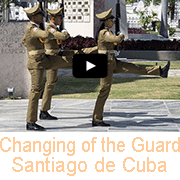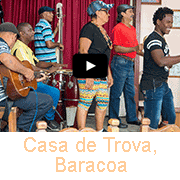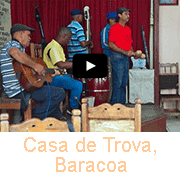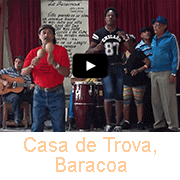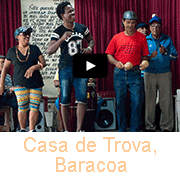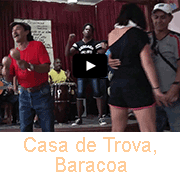Videos of The Culture of Cuba, Cuba
The Culture of Cuba
Music is everywhere in Cuba, on the street, in cafés and in roadside restaurants. There are lively street theatre scenes in Havana, with stilt walkers, music and demonstrations of Capoeira, Brazilian martial arts, on the various squares in the city. Every Sunday, Rumba groups play in Callejón de Hamel, with its shrine to Afro-Cuban religions.
Although many Afro Cubans adhere to the Catholic faith, it is often practised with Santería. This Afro-American religion developed here among the descendants of slaves brought from West Africa. Its sacred language is Lucumí, a creolised remnant of the Yoruba language, a West African language spoken mainly in Nigeria and Benin. There are regular ceremonies, like in the Casa Templo de Santería Yemayá in Trinidad.
Santiago de Cuba is considered where African rhythm first encountered Spanish tradition to produce the island’s perfect music. It can also be enjoyed on the street, like on the Plaza de Dolores. It also has numerous music halls. Trova halls are now in most Cuban cities, like the Casa de Trova in Baracoa, where local musicians perform daily for an appreciative audience.


